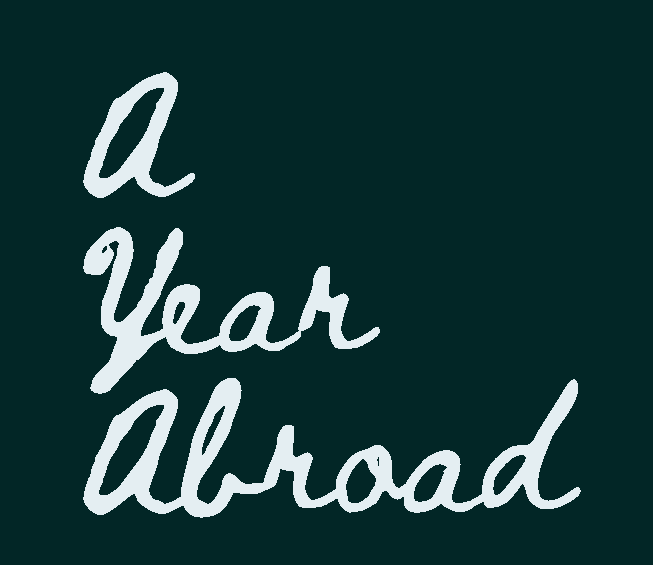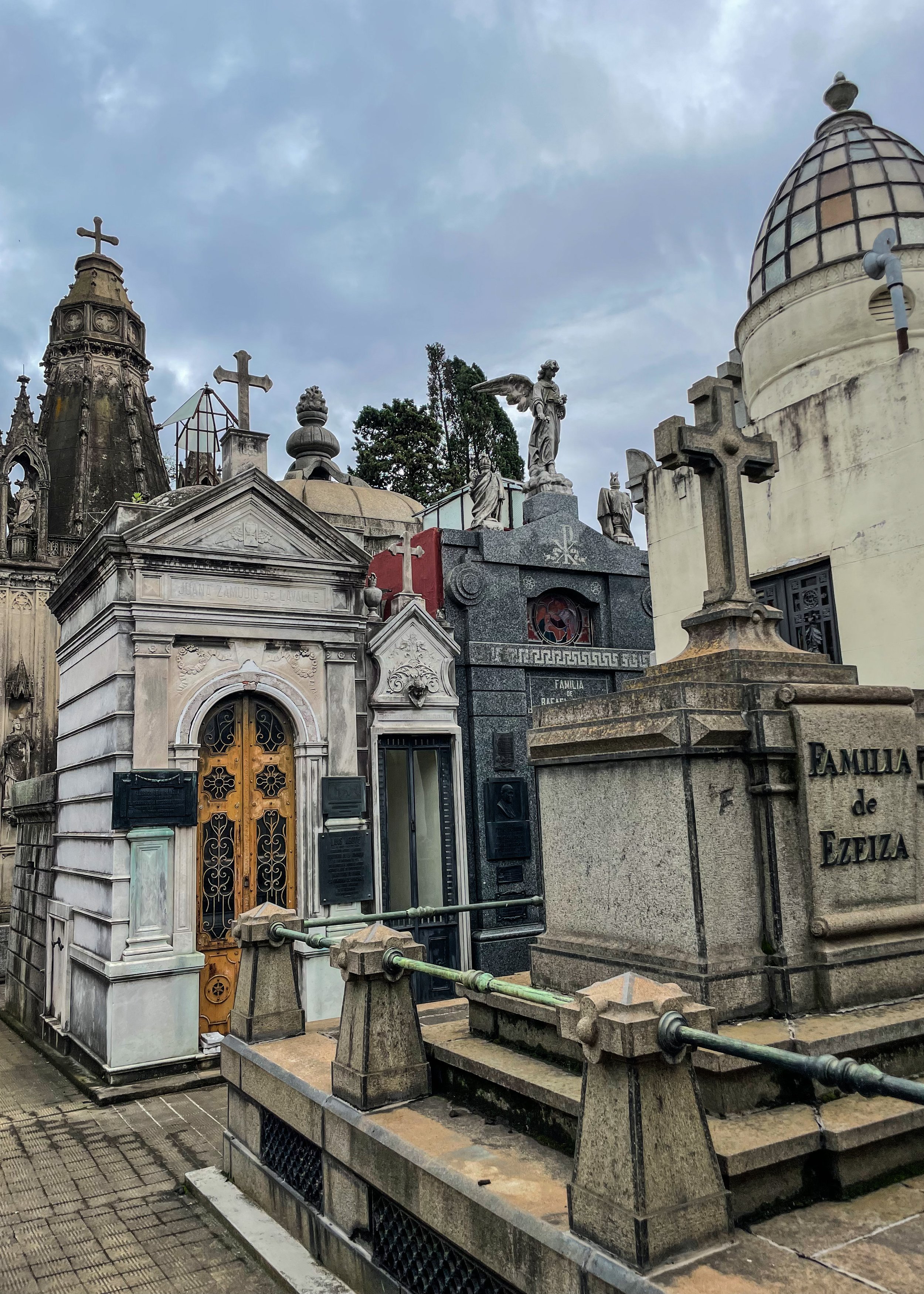Buenos Aires: Where it’s impossible to be bored
I was nervous about visiting Buenos Aires (BA). It’s the 16th most populous city in the world with over 15 million residents — and the third largest in the Americas behind Mexico City and São Paulo. I’ve been to larger cities like Tokyo (37 million residents) but the population density in BA is nearly double that of Tokyo and that density is noticeable. There’s something about knowing you can so easily disappear in such a massive city that can be overwhelming. After getting so comfortable in the small, mountain towns of Patagonia, I wasn’t sure how much I’d like BA. So, I booked a short, four-night stay. Now that all is said and done I 100 per cent regret not staying longer!
It was a whirlwind visit, but here are my recs:
Wandering through Cementerio de la Recoleta. It’s the final resting place of BA’s rich and famous and a beautiful locale to spend half a day. The art, materials and craftsmanship offer much to admire and there’s lots of history to appreciate. I didn’t have time but it would be easy to make it a full day in Recoleta by also visiting nearby National Museum of Fine Arts or Museum of Architecture and Design. Consider also wandering the neighbourhood to view:
Floralis Generica - A giant metal flower sculpture that opens and closes each day in time with the sunrise and sunset.
Gomera de la Recoleta - A two-hundred-year-old Ficus tree that’s so large its branches are supported by metal struts.
Monumento Eva Duarte de Peron - If you didn’t get enough Evita at her tomb in the cemetery, you can also pay homage here.
Hanging out at Mercado San Telmo. There’s a similarly named market (Feria de San Telmo) that only runs on Sundays, so don’t confuse them. Mercado San Telmo is indoor and open seven days a week. It first opened in 1897 and while many other neighbourhood markets have closed over the years, this one managed to thrive. Today, there’s fruit and veg, antiques, food, restaurants, beer, coffee and craft stalls.
Seeing Latin America’s greats at MALBA. Appreciate Latin American art from the early 20th century to today at the Museo de Arte Latinoamericano de Buenos Aires, including icons like Frida Kahlo and Diego Rivera.
Walking Corrientes Avenue. They call it the street that never sleeps and it’s a pretty fun place to stroll in the evening as many bookstores, bars, theatres and cafes are open late. The whole avenue is pedestrian only from 7 p.m. to 2 a.m.
People watching in leafy green squares. People watching may be my favourite way to get a feel of a city and its habitants. In BA it’s also a chance to cool down in the shade and take a break from the humidity.
Learning about the Dirty War. I’d done some light googling on the topic, but it really came to life on a walking tour with Nicolas who explained the legacy of the Dirty War. We visited the Club Atlético detention centre where those who were suspected of opposing the dictatorship where interrogated, tortured and killed. Nicolas pointed out other landmarks of the disappeared people as well as discussing the current political thought and ideas of how to handle the legacy of missing and murdered Argentinians today. It was especially meaningful as I visited on March 24 — The Day of Remembrance for Truth and Justice — and was able to witness the demonstrations in person. Nicolas was a great guide and I recommend booking a tour with him here.
Casa Rosada aka the Pink House is home to the President’s offices.
Know before you go:
Money is complicated in Argentina. Economics isn’t my jam but here’s what I know:
ATMs have very low withdrawal limits — think $40 CAD. This sucks because the withdrawal fees are high. Typically when I travel I make one or two big withdrawals for several hundred dollars (or whatever is appropriate for the location) to avoid paying multiple international withdrawal fees. But in Argentina that wasn’t possible — so you’re welcome, banks of Canada and Argentina for all my fees!
Avoid credit/debit cards and use cash. You end up paying a lot more if you pay by card (in theory.) I say in theory because if you want to purchase something bigger than a meal or a bottle of wine, you’re going to pay a ton in ATM withdrawal fees to get the cash to pay. Honestly, I felt like I couldn’t win on the money front in Argentina.
Inflation is a big deal. Some of the Argentinian people I met talked about stockpiling non-perishable food because prices only go up. So if you can find something on sale, you stock up. I looked it up and they weren’t joking around. Inflation in Argentina is 54 per cent compared to Canada’s 0.72 per cent (source here). Some folks also try to buy foreign currencies like the Euro or USD to keep as their savings because if they leave it in pesos, their savings are worth very little by the end of the year.
Spanish is different in Argentina. I can’t properly explain all of the nuances, but listening to three Spanish speakers - one from Argentina, one from Colombia and one from Mexico - compare how they pronounce certain words and use different turns of phrases was fascinating. Sure, they all speak Spanish and can make themselves understood but not always without confusion. And while it sounds like they can all understand my duolingo Spanish, I couldn’t understand their dialects and slang.
Every menu must offer a vegan/vegetarian option. Okay, it was an Uber driver who told me this and I haven’t been able to find anything online to confirm. But from my own experience it’s true. So while Argentina is certainly known for its love of the carne fear not if you’re veggie. There’s pretty much always something you can eat.
There’s two airports in BA. Keep in this mind when booking flights. I arrived in one (AEP) and flew out of another (EZE) and with traffic the transfer between the two took two hours.
The people are curious and nice. I’m not sure if it’s that they don’t get many Canadians or if they are just generally curious, but most people wanted to know where I’m from and what I thought of their country.
Postage is hella expensive. Just a warning if you plan to send postcards! You’re looking at about $5 CAD per postcard — definitely the most expensive postage I’ve ever seen in the world!
Grab a SUBE card. Public transport is cheap and looks very efficient, so grab a SUBE card at your first opportunity. The SUBE card is also good in some other cities like Bariloche, so even more reason to grab one if you’re exploring further afield. Don’t put off buying a card when there’s one available. All of Bariloche was sold out of SUBE cards when I was there so I wasn’t able to take public transport.
xx Rachel
Just some of the Disappeared People from Club Atlético. Notice the spots left open in anticipation of others being identified.
You’ll spot images of Eva Duarte de Peron all around the city.
Scene from a Day of Remembrance for Truth and Justice gathering.
Grab some fresh produce at a market and head to a nearby park for a picnic and people watching.
Recoleta Cultural Center








